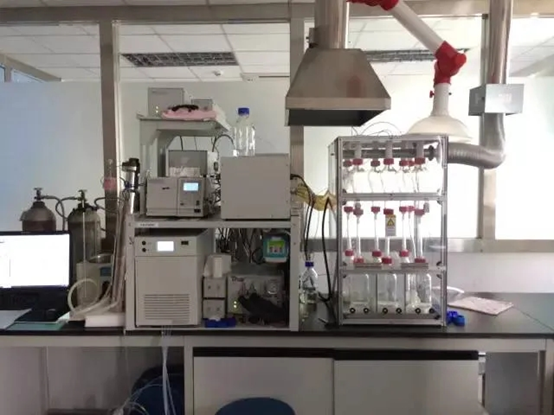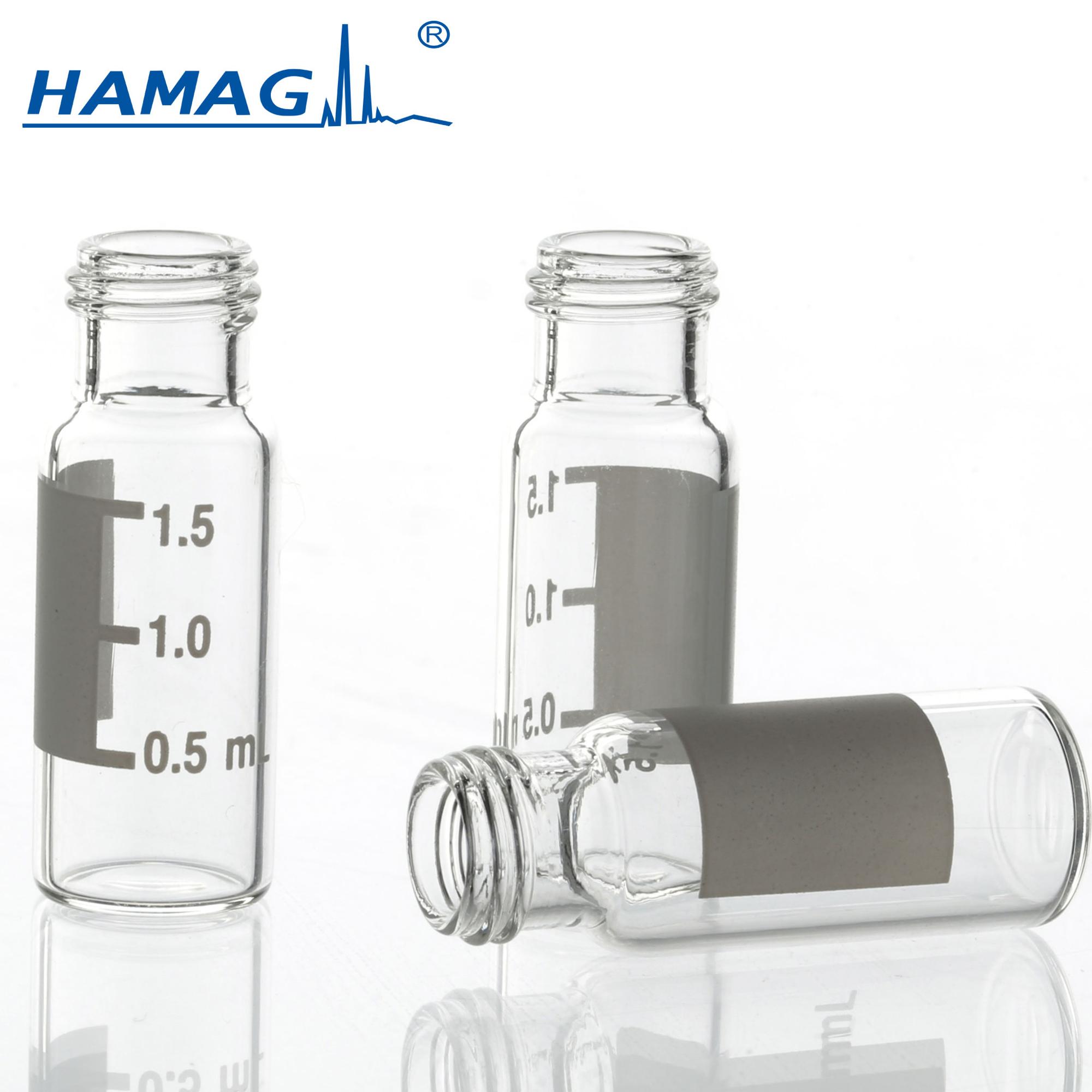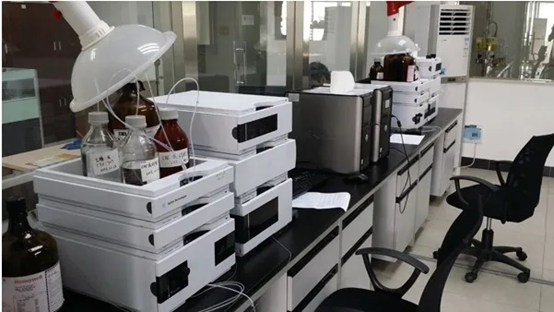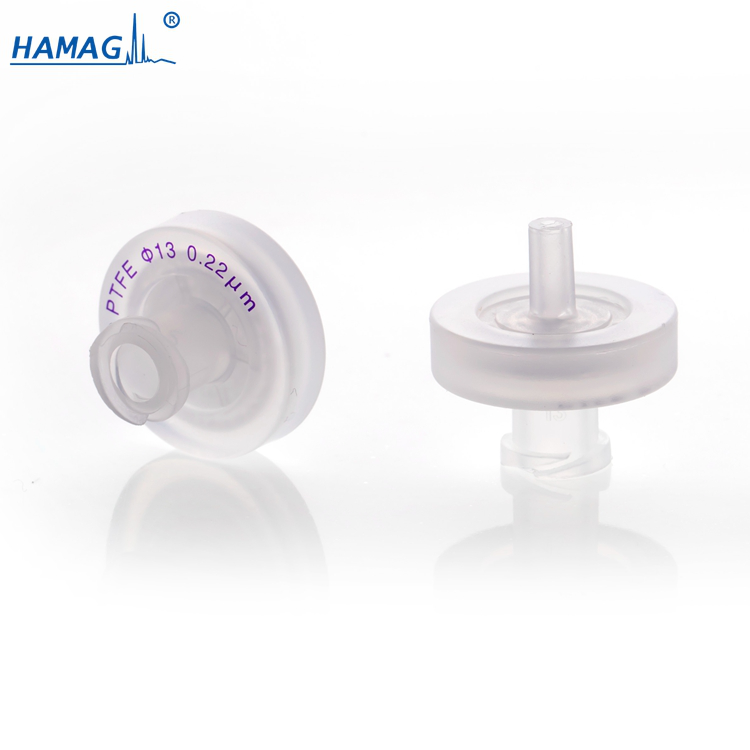Principles and Methods of Quantitative Analysis by Liquid Chromatography
The separation mechanism of liquid chromatography is based on the difference in the affinity of the components in the mixture for the two phases.
According to the different stationary phases, liquid chromatography is divided into liquid-solid chromatography, liquid- liquid chromatography and bonded phase chromatography. The most widely used are liquid-solid chromatography with silica gel as filler and bonded phase chromatography with microsilica as matrix.
According to the form of stationary phase, liquid chromatography can be divided into column chromatography, paper chromatography and thin layer chromatography. According to the adsorption capacity, it can be divided into adsorption chromatography, partition chromatography, ion exchange chromatography and gel permeation chromatography.
In recent years, a high-pressure liquid flow system has been added to the liquid column chromatography system to make the mobile phase flow rapidly under high pressure to improve the separation effect, so high-efficiency (also known as high-pressure) liquid chromatography has emerged.
PART
01 Principle of Quantitative Analysis of Liquid Chromatography
To quantify on the basis of qualitative, pure substances are required as standards;
Liquid chromatography quantification is a relatively quantitative method: that is, the amount of the analyte in the mixture is estimated from a known amount of pure standard sample
PART
02 Basis for Quantification by Liquid Chromatography
The amount of the measured component (W) is proportional to the response value (A) (peak height or peak area), W=f×A.
Quantitative correction factor (f): It is the proportionality constant of the quantitative calculation formula, and its physical meaning is the amount of the measured component represented by the unit response value (peak area).
The quantitative correction factor can be obtained from the known amount of standard sample and its response value.
Measure the response value of the unknown component, and the amount of the component can be obtained by the quantitative correction factor.
PART
03 Common terms in quantitative analysis
Sample (sample): a solution containing a analyte for chromatographic analysis. Divided into standard and unknown samples.
Standard: A pure product with a known concentration. Unknown sample (unknow): The mixture whose concentration is to be tested.
Sample weight: The original weighing of the sample to be tested.
Dilution: The dilution factor of the unknown sample.
Component : the chromatographic peak to be quantitatively analyzed, that is, the analyte whose content is unknown.
Amount of component (amount): the content (or concentration) of the substance to be tested.
Integerity : The computational process of measuring the peak area of a chromatographic peak by a computer.
Calibration curve: A linear curve of component content versus response value, established from a known amount of standard substance, used to determine the unknown content of the analyte.
PART
04 Quantitative Analysis of Liquid Chromatography
1. Select a chromatographic method suitable for quantitative analysis:
l Confirm the peak of the detected component and achieve a resolution (R) greater than 1.5
l Determine the consistency (purity) of the chromatographic peaks of the tested components
l Determine the detection limit and quantification limit of the method; sensitivity and linear range
2. Establish a calibration curve with standard samples of different concentrations
3. Check the accuracy and precision of quantitative methods
4. Use the corresponding chromatography management software to implement sample collection, data processing and report results
PART
05 Identification of quantitative peaks (qualitative)
Qualitatively identify each chromatographic peak to be quantified
First, use the standard sample to determine the retention time (Rt) of the chromatographic peak to be quantified. By comparing the retention time, find the component corresponding to each chromatographic peak in the unknown sample. The chromatographic qualitative method is to compare the retention time with the standard sample. The criterion Insufficient further confirmation (qualitative)
1. Standard addition method
2. Use other methods at the same time: other chromatographic methods (change the mechanism, such as: using different chromatographic columns), other detectors (PDA: spectrum comparison, spectrum library search; MS: mass spectrum analysis, spectrum library search)
3. Other instruments and methods
PART
06 Confirmation of Quantitative Peak Consistency
Confirm chromatographic peak consistency (purity)
Ensure that there is only one measured component under each chromatographic peak
Check for interference from co-eluting substances (impurities)
Methods for Confirmation of Chromatographic Peak Consistency (Purity)
Comparing Spectrograms with Photodiode Matrix (PDA) Detectors
Peak Purity Identification
2996 Purity Angle Theory
Quantitative methods commonly used in PART 07
Standard curve method, divided into external standard method and internal standard method:
1. External standard method : most used in liquid chromatography
A series of standard samples of known concentrations were prepared using pure samples of the compounds to be tested as standard samples. injected into the column up to its response value (peak area).
Within a certain range, there is a good linear relationship between the concentration of the standard sample and the response value, namely W= f×A , and a standard curve is made.
Under the exact same experimental conditions, inject the unknown sample to obtain the response value of the component to be measured . According to the known coefficient f , the concentration of the component to be measured can be obtained.
The advantages of the external standard method: simple operation and calculation, it is a commonly used quantitative method; no need for each component to be detected and eluted; standard sample is required; the measurement conditions of standard sample and unknown sample should be consistent; the injection volume should be precise.
Disadvantages of the external standard method: The experimental conditions are required to be high, such as the sensitivity of the detector, the flow rate, and the composition of the mobile phase cannot be changed; the volume of each injection should have good repeatability.
2. Internal standard method : accurate, but troublesome, most used in standard methods
A known amount of the internal standard is added to the standard to make a mixed standard, and a series of working standards of known concentration are prepared. The molar ratio of standard to internal standard in the mixed standard remains unchanged. Inject into the chromatographic column and take (standard sample peak area/internal standard sample peak area) as the response value. According to the linear relationship between the response value and the concentration of the working standard, namely W= f×A , a standard curve is made.
A known amount of internal standard is added to the unknown sample and injected into the column to obtain the response value of the component to be measured . According to the known coefficient f , the concentration of the component to be measured can be obtained.
The characteristics of the internal standard method: During the operation, the sample and the internal standard are mixed together and injected into the chromatographic column, so as long as the ratio of the amount of the measured component to the internal standard in the mixed solution is constant, the change of the sample volume will not affect the quantitative results. . The internal standard method offsets the influence of the sample volume , and even the mobile phase and detector, so it is more accurate than the external standard method.

 PART
PART
08 Factors Affecting Quantitative Analysis Results
Poor accuracy can be caused by:
Incorrect peak area integration, sample decomposition or impurities introduced during sample preparation, sample vial not sealed, sample or solvent volatilization, incorrect sample preparation, sample injection problems, incorrect internal standard preparation
Possible reasons for poor precision:
Incorrect peak integration, injection or injector problems, sample decomposition or impurities introduced during sample preparation, chromatographic problems, degraded detector response
Post time: Nov-10-2022



